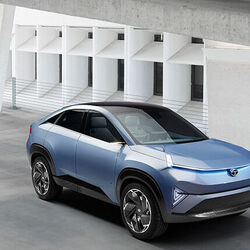Why do electric vehicles catch fire? How to avoid EV battery fire?
- Fire risk in electric vehicles are significantly lower than in ICE vehicles but is hard to put out.


In the last few months, several incidents have been reported when electric vehicles, specifically electric scooters caught fire. In one of the tragic incidents, a father and daughter duo died in Tamil Nadu when their electric scooter went up in flames inside their house, suffocating them. Apart from that, multiple fire incidents involving Okinawa and Ola Electric scooters have emerged. There is one question related to all these incidents - why do EV batteries catch fire? Subsequently, how to avoid an EV battery fire?
Also Read : Ola Electric launches probe after video of S1 Pro on fire in Pune goes viral
Here is a comprehensive look at the reasons why lithium-ion electric vehicles catch fire and how to avoid an EV battery fire.
Also check these Bikes
Why do EV batteries catch fire?
Lithium-ion batteries mainly fail for two different reasons. The first one is a defect within the manufacturing of the battery itself. The second type of battery failure is usually the result of multiple factors - stress on the battery like vibration, an electrical short, or simply a fluke. A manufacturing defect in a battery can result in fire. On the other hand, too much vibration, which is way beyond the lithium-ion battery's handling capability can cause a fire risk. Also, an electrical short can result in a fire.
Lithium-ion and lithium-metal cells undergo thermal runaway during failure conditions. Thermal runaway results in a rapid increase of battery cell temperature and pressure, alongside the release of flammable gas. These flammable gases often result in an eruption of flame ignited by the battery’s high temperature, which eventually leads to a fire.
Apart from that, a thermal runaway can also be caused by microscopic metal particles coming in touch with different parts of the battery, resulting in a short circuit. In the case of a mild short circuit, the battery faces elevated self-discharge and little heat is generated because the discharging energy is very low. But, when a substantial amount of microscopic metal particles converge on one spot, it could lead to a major electrical short resulting in sizable electricity flow between positive and negative plates, which could result in combustion. In such a case, the temperature inside the case of the battery can quickly reach even 500-degree Celsius, which may result in the cells exploding or catching fire.
Warning signs of EV battery fire
There are certain types of signs one can experience, in case a lithium-ion battery is about to catch fire. The battery could feel extremely hot or swell up. Also, the battery may start to discolour, causing damage, blistering, and begin emitting smoke.
How to avoid EV fire?
Electric vehicle fires are rare and the risk of fire in EVs are significantly lower compared to internal combustion engine-powered vehicles. However, when an EV with a lithium-ion battery is on fire, it is really hard to fight. Though there are some basic tips you can follow in order to minimise the risk of fire.
The EV battery should not be charged immediately after the EV stops running, as the lithium-ion cells inside the battery remain very hot at that time. Instead, let the battery cool down and charge it after that. If it is a detachable battery, it is best to disconnect from the vehicle and charge separately.
Only use the battery that is designed for the vehicle. Using a local battery that is cheaper, might result in damage to the electric vehicle as well. Also, use the charging cable that came with the EV.
Avoid placing the batteries in direct sunlight or in hot vehicles. Keep the batteries in dry areas with adequate ventilation, if it is detachable. Remove batteries from their charger when fully charged. Replacement batteries and chargers should match and come from the original manufacturer or an authorized reseller.
Inspect for damage and batteries before use. In case, any defect is found, do not use it and report it to the manufacturer. Avoid using the battery if it feels extremely hot and shows any damage.







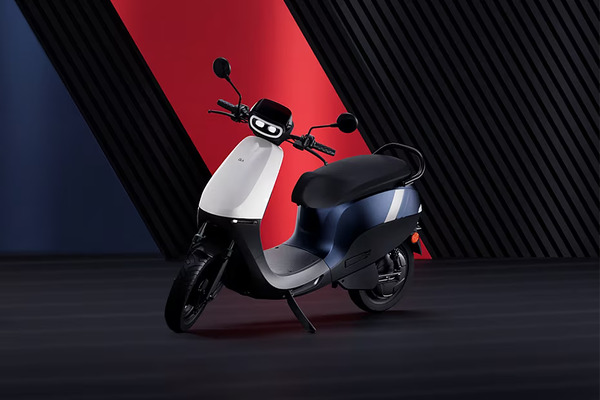
 3 kWh
3 kWh 151 km
151 km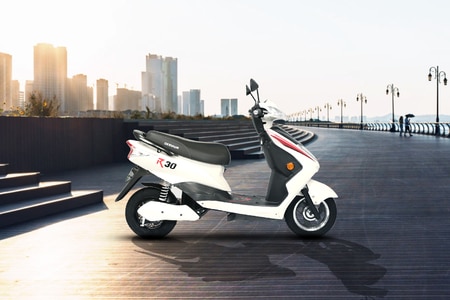
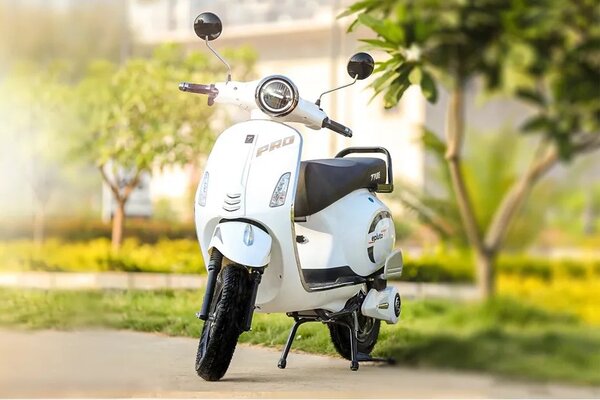

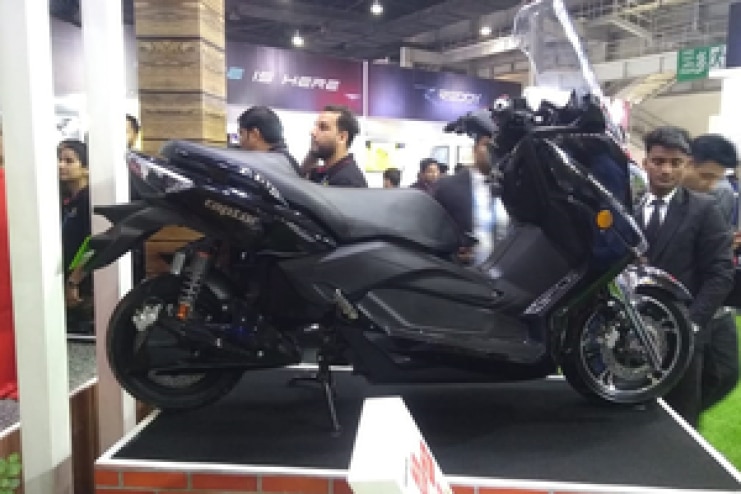
 100 Kmph
100 Kmph






